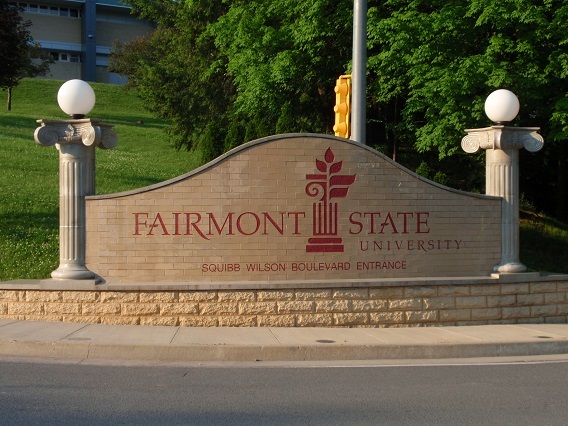Fairmont State University Named in Mesothelioma Lawsuit

Donna Spurling alleges Fairmont State University in West Virginia knowingly exposed her to asbestos. Doctors diagnosed her with mesothelioma in 2022. She attended FSU from 1998 to 2004.
She filed an 18-count mesothelioma lawsuit that names the university as well as Mon General Hospital, WVU Health System, the State Board of Risk and Insurance Management and Metlife Insurance as defendants. Spurling’s lawsuit claims the school’s Board of Governors withheld information about the school’s asbestos problem.
Spurling had planned to settle the lawsuit with FSU for $650,000. But the university ended talks and hired asbestos defense lawyers.
“We will not stand for our client being treated this way,” Michael Robb, Spurling’s attorney, said in a press conference. “They spit in her face and took advantage of our client.”
He also commented on the defendants’ legal team. Robb took issue with previous work they’d done defending clients in asbestos litigation across West Virginia. He also pointed out a couple of FSU Board of Governors members have connections to asbestos manufacturers.
“They hire a bunch of asbestos attorneys,” Robb said. “We’ve asked the lawyers from Steptoe & Johnson to step down because they were fact witnesses defending the same companies that contaminated these buildings. They’re defending Fairmont State. They shouldn’t be in this case and it’s inappropriate.”
Asbestos on FSU’s Campus
Robb says FSU knew about asbestos on its campus and the risk of asbestos exposure for 50 years. He claims FSU tried to conceal the facts.
The state of West Virginia sued 73 asbestos manufacturers in 1986. State Attorney General Charlie Brown said several buildings across the state contained asbestos, including FSU. Other locations with buildings containing asbestos include Fairmont Medical Center, Marshall University and West Virginia University.
The lawsuit was settled with $20 million allocated for remediation. West Virginia added another $20 million to help fund asbestos remediation. But Robb argues only remediation at the state capitol complex was funded.
“They get all of the money and they keep it themselves,” Robb claimed. “It’s self-serving. It should be a crime for what they did to these people.”
While investigating Spurling’s case, Robb says he and his team became familiar with every building on FSU’s campus. Robb offered to show where to find asbestos in campus buildings so the university could take action. But the school refused. Robb plans to file a class action lawsuit against the university.
“All the buildings at Fairmont State have asbestos containing building materials. Floor tiles, ceiling tile, joint compound, HVAC ductwork, boiler insulation and pipe insulation,” Robb said. “Over the years, those materials disintegrate and fall apart and they get into the breathing zones and get into the HVAC systems and it gets people sick.”
Reaction from FSU and Spurling
FSU responded to the lawsuit with an official statement. The statement claims the university “continually” reinvests in “the facilities, programs, and experiences that deliver value to our students and communities.”
The statement notes “While it would be inappropriate to comment on pending litigation, our number one priority is, and always has been, the health and safety of our students, faculty and staff. We are one of several organizations named and are confident these accusations will be dismissed.”
Spurling, however, says she now deals with chronic pain and is missing half a lung. She notes her mesothelioma diagnosis affects her daily life. She says she’s unable to work or walk her dogs. Spurling adds, knowing what she knows now, she wouldn’t have attended FSU or sent her sons there.
“It’s just sad. They’re a huge part of our state. I sent both of my sons to school there,” she says. “And because it takes so long before the asbestos cancer shows, you don’t know whether you’ve affected someone else.”
Health Hazards of Asbestos in Schools
Until the 1980s, most builders used asbestos products to build schools and other buildings. Legacy asbestos products in older buildings and schools now pose an exposure risk as they wear over time or are disturbed in maintenance, renovations or other damage.
Asbestos in schools can expose students, teachers and staff. Janitors and other maintenance personnel may be at particularly high risk. OSHA requires universities and colleges to follow asbestos rules. These include building surveys, asbestos warnings and more.
Asbestos fibers, if inhaled or ingested, can inflame or scar the lungs. Toxic asbestos fibers can alter the DNA in cells in the body. This can lead to mesothelioma. Exposure to asbestos is the primary cause of this malignant cancer and other asbestos-related diseases.